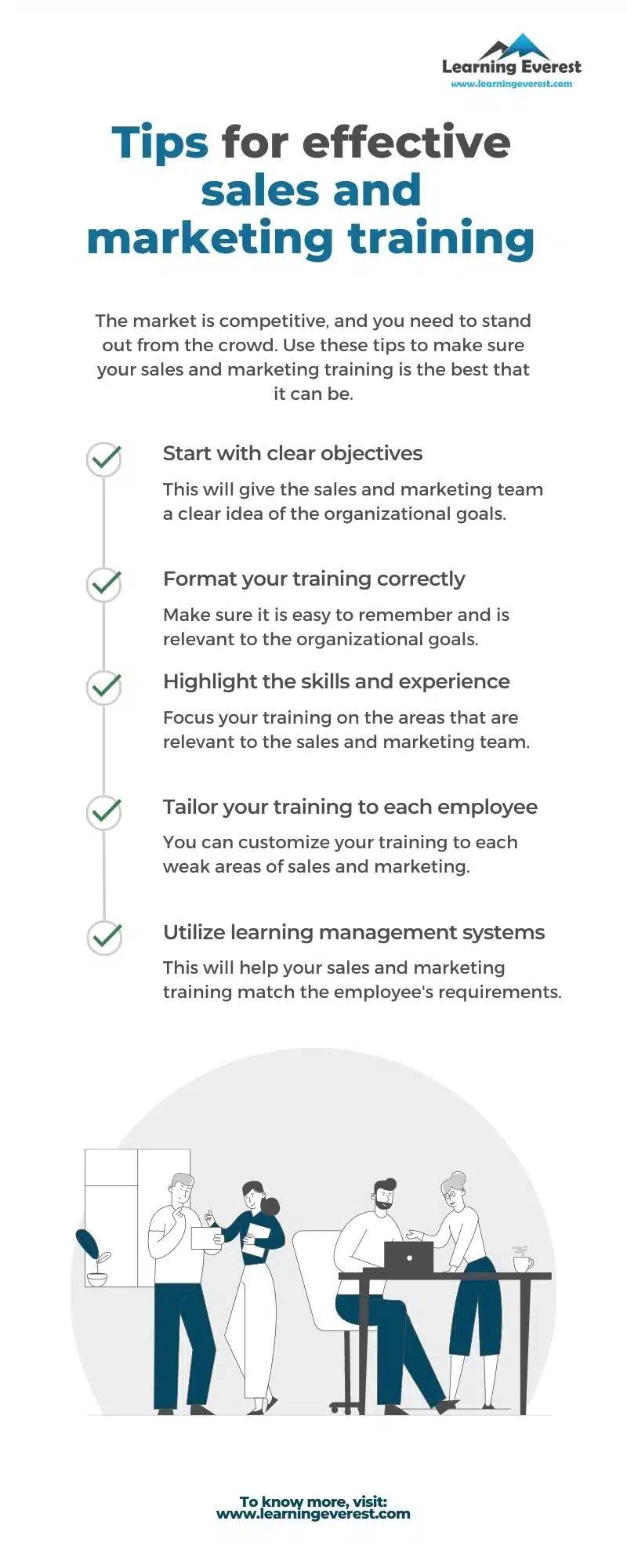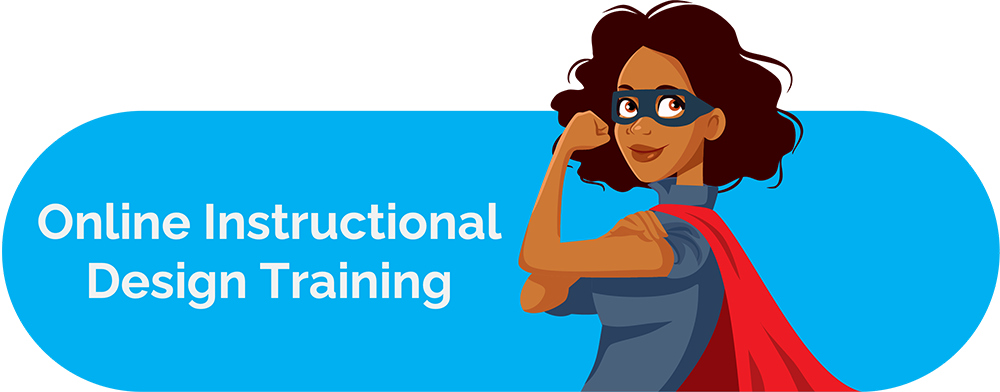Sales and marketing training programs are a proven way to maximize results and support customers. Training your sales and marketing team is not optional if you want to consistently beat your sales goals and develop a high-performing workforce. Therefore, it is important to create an effective sales and marketing training program for your team. You will need to be aware of some major constraints that can arise. Let us look at a few common challenges in detail.
Table of Contents
Low engagement
Sales and marketing trainers consistently list low engagement rates as one of their biggest challenges in sales and marketing training. If you are going to conduct successful training, motivate your sales team, as high engagement needs to be your priority. Everyone in training needs to be encouraged to pay attention. Sales training and marketing training must be relevant and provide immediate value to the team’s skill development. Offer them a challenging training environment to enable critical thinking, problem-solving, and teamwork.
The sales and marketing team needs to understand the significance of training and how it affects the organization. Appoint an administrative member to attend the training to illustrate how the organization values training: mix delivery methods or sales and marketing training materials to cover different angles and learning types. A learning management system allows trainers to increase engagement rates. You can offer quizzes or assessments to ensure that your team is learning. The interactive and constant availability of these LMSs makes for a more engaging learning experience.
Scheduling conflicts
One of the most common problems trainers face is coordinating in-person sales and marketing training schedules. You could have the most effective sales and marketing training program in the world. But if you cannot get people to attend the training, it will not do you any good. Consider providing a mobile learning platform that lets the sales team learn about company services and products on the go. It will help them develop the skills they need to sell effectively and the confidence to use them. But you will still need occasional in-person training as well.
Learner retention
Effective sales and marketing training methods require trainees to put their new skills into action. While they could do that independently, they are more likely to retain and use the learned information when the training is geared toward retention.
Retention comprises engagement and relevant content that employees can apply to their jobs immediately. Engaged learners can internalize the information from the training better and put it into action. Clear training objectives and relations from the materials to practical goals will help, too. Adding audio-visual and interactive elements like gamification to the training is a great way to increase engagement and retention.
Ongoing training
Ongoing training is essential for proper differentiated instruction. Continuous training reinforces the most important factors in effective sales and marketing training. Add bite-sized learning—high-frequency, short learning sessions—allows for constant exposure to important ideas without overwhelming sales trainees with hours of training daily.
Micro-learning is increasingly recognized as an effective way to improve learning and retention. Modern learning platforms are making it easier to take advantage of this method. Sales and marketing courses online are a great option. Instead of quarterly intensive training or monthly informal learning sessions, the sales team can learn on a routine that works for them. And with the increasing mobility of learning platforms, they can go through a lesson on their computer or even on their phone whenever they have time. Also, there are free online certification courses in sales and marketing, that can be really helpful.
Measuring training effectiveness
A common challenge in sales and marketing training is the need to measure the initiatives. Sales and marketing training will only be 100% aligned with the goals of the business and the attendees. Do you know if your sales and marketing training is effective? That is where measurement comes into play. Modern learning tools help trainers and managers see how well trainees have learned the material. Analytics show how individual trainees are progressing through the course. Quizzes measure information retention. And when combined with sales and financial measures, they can show just how effective your training is.
Static training format
Instead of seminar-style training, make a switch to more interactive training sessions. Instead of formal training in any format, use online microlearning. Change from your previous learning platform to one with features that better match your training.
Lack of sales roleplay
Sales and marketing training fails because it is predominantly theory-based. Sales managers should host regular roleplay sessions to reinforce the new sales techniques and strategies taught in the sales and marketing training. The roleplays should be fun, supportive, and engaging, and the sales manager should be trained to host these sessions. Using scenario-based learning, you can provide this kind of training.
Prioritizing the right sales activities
Sales and marketing training will fail when people return to doing the same behaviors that created the sales results that demonstrated the original need for training. Before any sales and marketing training takes place, you must, as a team, commit to change. Without that commitment, you are, in effect, stuck. The best way to implement the change is to schedule the new activities into everyone’s diaries, use scorecards to track and measure performance and hold people accountable for the latest sales activities agreed upon in the sales and marketing training.
Infographics
Wrapping up
Sales and marketing training is, without a doubt, challenging. But using the right solution and techniques, it can be tackled. Ensure you do not overlook the weak area that is leading to poor sales and marketing results. The best strategies are to offer concrete examples and data of success, have references from existing clients, utilize your network to get the first point of contact, and be a likable and engaging person.






